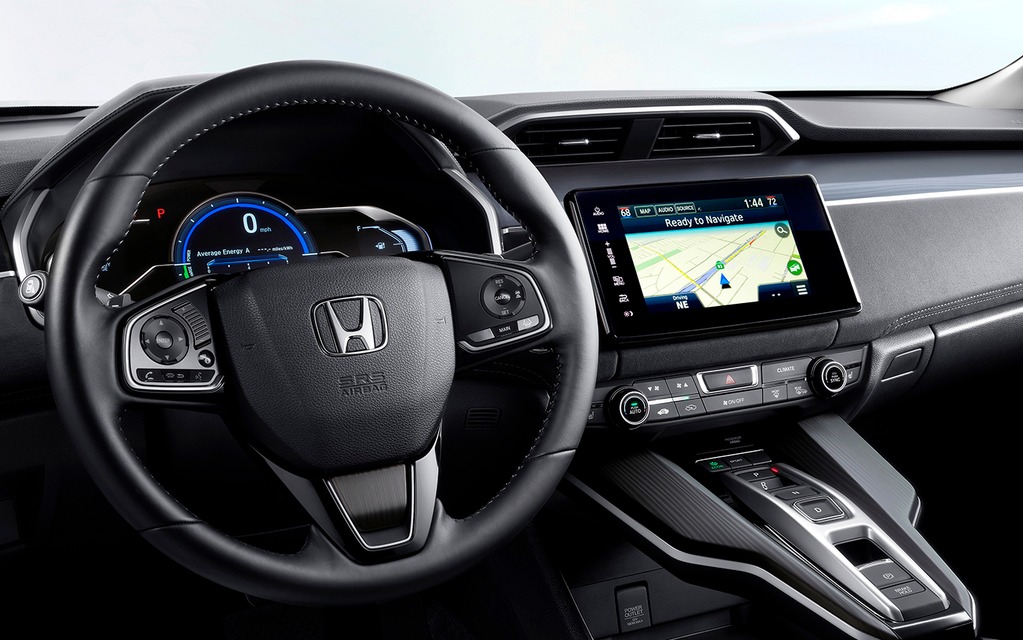Is Honda cool again?
The brand that used to be loved by younger car enthusiasts has lost its cool in the last few years, but that could change again. Here’s why.
Ironically, the car you’d expect to be the least cool in the lineup turns out to be the most promising one, if Honda truly wishes to revive a brand that has suffered a lot in the past decade.
Read also
- 2018 Honda Clarity PHEV: The Greenest Honda you can Buy Today
- 2019 Honda Pilot Coming Soon to Dealers With Numerous Upgrades
Worldwide, Honda represented 7.25% of all the cars sold in 2005, and then it fell to 4.68% in 2011. It’s been stuck in the low 6-percent area since, until last year, when a redesigned Civic and new SUVs were introduced.
This summer, the Clarity plug-in hybrid builds on that momentum. The sedan is among the best in its category, under the hood as well as behind the wheel. Enough to forget an exterior design closer to the former Insight hybrid than to the current five-door Civic…
A Volt from Japan
The Clarity starts at $40,000. That’s before the $13,000 rebate you get in Ontario for purchasing a plug-in hybrid, or the $8,000 you get in Quebec. In any case, it’s about $2,000 less than you’ll pay for a Chevrolet Volt, the benchmark in this segment, for similar performance.
On paper, Honda claims an all-electric range of 76 kilometres, for an average fuel-economy equivalent of 2.1 litres per 100 kilometers. Both figures are subject to variations based on how and where you drive.
Based on a week-long test drive and national statistics, the real-life electric range of the Clarity is enough to get most of the workers living in the suburbs downtown, and back home, on one charge. Since 90% of plug-in hybrid owners charge at home overnight, it’s plenty enough.
Behind the wheel, the e-CVT transmission does not offer any kind of sensations you’d get from a more traditional, multi-gear manual or automatic gearbox (notwithstanding its push-button design, another trend being revived in the industry these days...), but the combined output of 212 hp will have you accelerating quickly enough in all situations.
By the end of the week, you will probably have used some of the gas in the tank. The average fuel consumption shown after our testing was of 2.6 L/100 km.

The end of the double touchscreen
For about $3,000 more, the Touring package adds leather to the seats, and a nice 8-inch touchscreen display to the centre console.
At last, Honda seems to have lost its despicable love for that double touchscreen setup it used for a few years in all its models. Now, the software interface is simple and efficient, integrates Apple’s CarPlay and Google’s Android Auto perfectly, and it’s all you really need.
If you need to change the climate settings, you can do so without looking at the controls.
The Clarity Touring also has a voice recognition feature, and a wireless connection allowing to control some features remotely, via a mobile application.
Nothing really stands out, here. No pop-up door handle like the ones you find on Tesla sedans. No futuristic cluster-less dashboard either. Simply great ergonomics, and performance at the top of its category.
A combination that has won Honda many fans 30 years ago. Ingredients its engineers and designers seem to have found again and put to good use.









